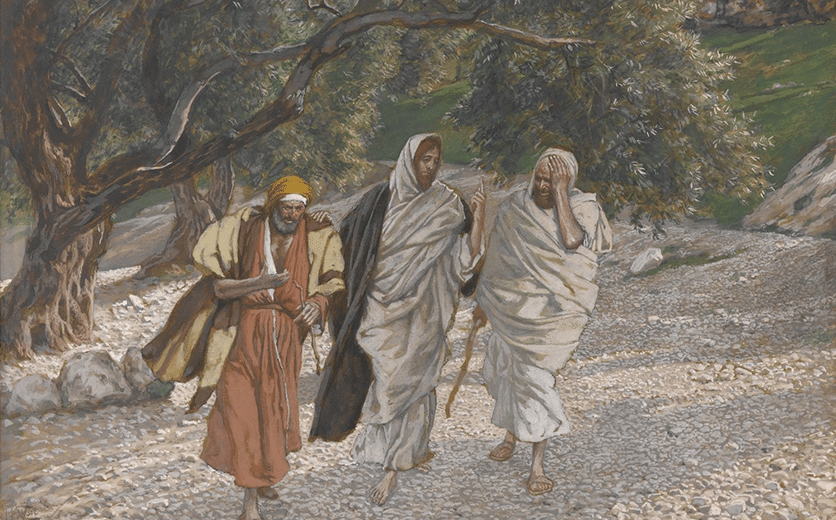Gk. stauros
An ancient instrument of torture and execution. The use of an upright stake (also stauros) to display a corpse or to torture or execute a person was widespread in the first millennium BCE, especially in times of war. Grisly spectacles involving the crucifixion of sometimes hundreds or even thousands of victims were arranged for the intimidation of besieged cities, the punishment of conquered peoples, or the deterrence of rebellious slaves or troops. The OT does not mention the stake or cross as a mode of execution, but it does refer to the practice of displaying the corpse of an executed person “on a tree” to signify that such a person was accursed by God (
The procedure was subject to wide variation, but frequently a crossbar was added to the upright stake, forming a T. Because deterrence was a primary objective, the cross was always erected in a public place. The prisoner was stripped and affixed to the crossbar with nails through the forearms or with ropes. The crossbar was then raised and attached to the upright stake and the victim’s feet were tied or nailed to the stake. The weight of the hanging body made breathing difficult, and death came from gradual asphyxiation, usually after a few hours. To prolong the death and thus increase the agony, a small wooden block was sometimes attached to the stake beneath the buttocks or feet to provide some support for the body. Then death came only after several days and resulted from the cumulative impact of thirst, hunger, exhaustion, and exposure. The crucifixion of Jesus is described in (




